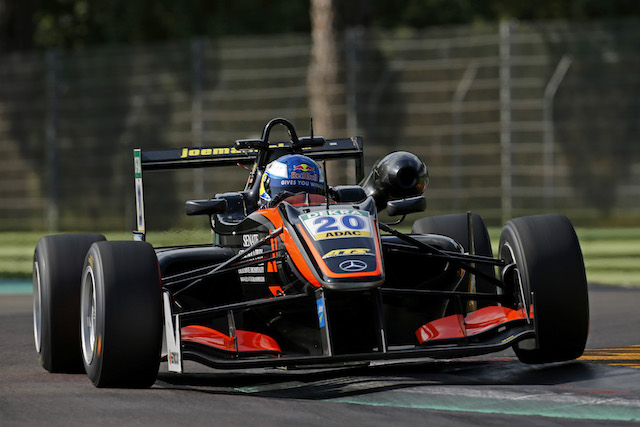
Photo: FIA F3 European Championship
It’s been over five years since Formula 1 design supremo Adrian Newey raised public concerns about junior single-seater racing’s impact on young drivers’ education commitments. Has the situation changed since?
In November 2014. Red Bull Racing’s current chief technical officer Adrian Newey spoke of his concerns as a parent while his son Harri kicked off his own car racing career during his penultimate year of compulsory education in the UK.
Newey Sr’s point was that his son had been testing in BRDC British Formula 4 during his half term holiday, but that only his own decision had prevented him from doing so mid-week during term time – something that rivals who could afford to were definitely up to.
This was a juggling act that every young driver, their families and their schools knew about, but was rarely spoken about beyond the occasional ‘I dropped out of school entirely to focus on racing’ or ‘I’m grateful my school supports me missing time to race’. Even before the average age of junior single-seater racers dropped, this was sometimes even heard in karting.
The minimum age for single-seaters in Europe was 16 until the mid-2010s, although 15-year-olds whose birthdays occurred during the season could compete in some series. In 2014 the FIA introduced its own F4, which was open to all 15-year-olds. In Asia and North America there were 14-year-olds competing too, and there has been an inevitable rush since to move up the ladder earlier and faster, not least since Max Verstappen reshaped the age argument by making it to Formula 1 aged 17.
There’s already been casualties to this approach, most notably Jordan Cane. The Briton moved to America in 2015 to take advantage of the lower age limit and was a frequent winner in the wingless F1600 Championship Series.
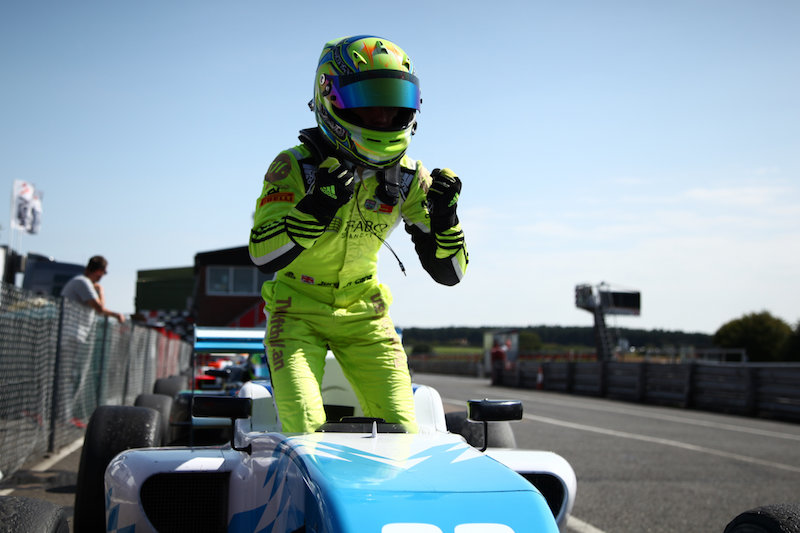
Photo: Jakob Ebrey Photography
He was still 14 when he took a podium on his USF2000 debut, but that form didn’t continue and he sank to 13th in the points. For 2016 he returned home to race in BRDC British Formula 3, only after turning 16, and took three wins and eighth in the points in a part-season. His second year in the series ended early as he chose to retire from racing before adulthood.
The lowering of the UK age limit occurred after Newey’s comments, and therefore bled into an earlier level of education. Testing restrictions did come into place, but for cost and performance equity reasons rather than to stop time being taken away from school, and in continental series such as FIA European F3 rather than British F3 and F4.
Motorsport UK licences events hosting for circuits, and private testing of the kind that many drivers do before entering Britain’s top single-seater series does not come under such licences. This means the onus is really on the championships to set their own testing restrictions, as the defunct European F3 did to mixed responses, and while they have made sure on-track running is restricted, they are unwilling to crack down entirely on term-time tests.
Each championship has a responsibility to protect their teams, rather than the education of their teams’ paying drivers, and it’s private testing paid for by young drivers’ rich parents and backers that provides crucial funds that keeps teams afloat. Many drivers test with multiple teams, narrowing down their options of who they plan to race with (budget depending) or if they want to race in the series at all. Lower levels of single-seaters need those tests to take place.
In European F3 and Euroformula a testing window approach has been used, with private testing limited to a certain time of year to essentially speed up driver signings. The argument is the longer they leave for them to test, the more they will err before committing to a race seat in these more expensive categories.
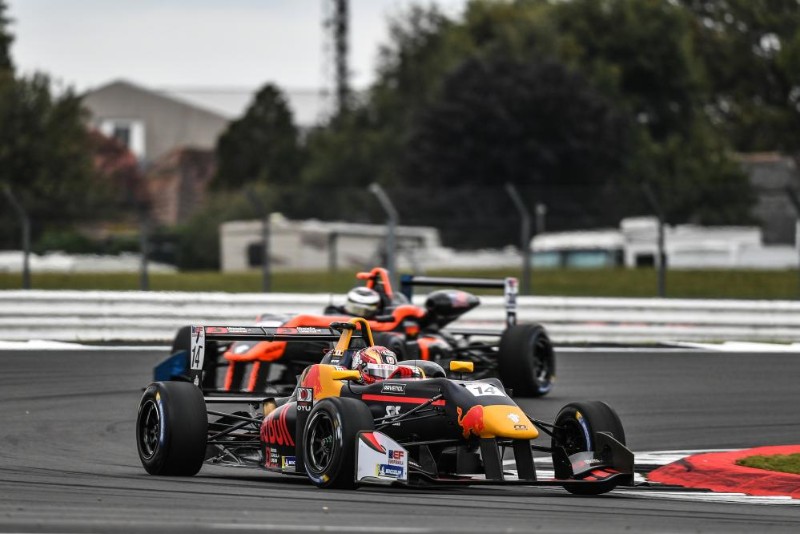
Photo: Fotospeedy
By this point in a driver’s career, now reached on average at an earlier age, more emphasis is put on fitness, and a greater portion of time and money is spent on travel. Some drivers have multiple coaches to spend time with outside of race events, and visiting the team’s factory for pre-event meetings may require travelling overseas rather than a trip down the motorway.
Despite Motorsport UK and its counterparts abroad stating the importance of education, they very much rely on this conflict between the focus on racing and school to continue, and have even made moves to show the two can go hand-in-hand by setting up their own academies.
The vast majority of these academy inductees and young drivers do not make it as professional drivers, and skipping on education commitments at any age to pursue what is more likely to be a lost cause is a brave decision. Some of those successfully go into driver coaching or management, and they rely on advanced skills from their time in education (whether it be academic or vocational) in addition to their own racing experience to thrive in a growing and competitive market.
Two drivers who have proven the juggling act is possible, although neither are professional drivers, are Jack Aitken and Ralf Aron. One is Williams’ F1 reserve driver and a F2 race-winner, and the other is now a team manager in F3.
Aitken had to put his studies at the fee-paying Westminster School ahead of his racing until he was 18, and the approach resulted in four A levels and 10 GCSEs, all at A* grades. The now-24-year-old confirms that meant he did skip on testing, and he was arrive-and-drive on race weekends until his second Formula Renault Eurocup season. While money was spent on his schooling, missing testing meant he had more in the bank for racing after his time in compulsory education was complete.
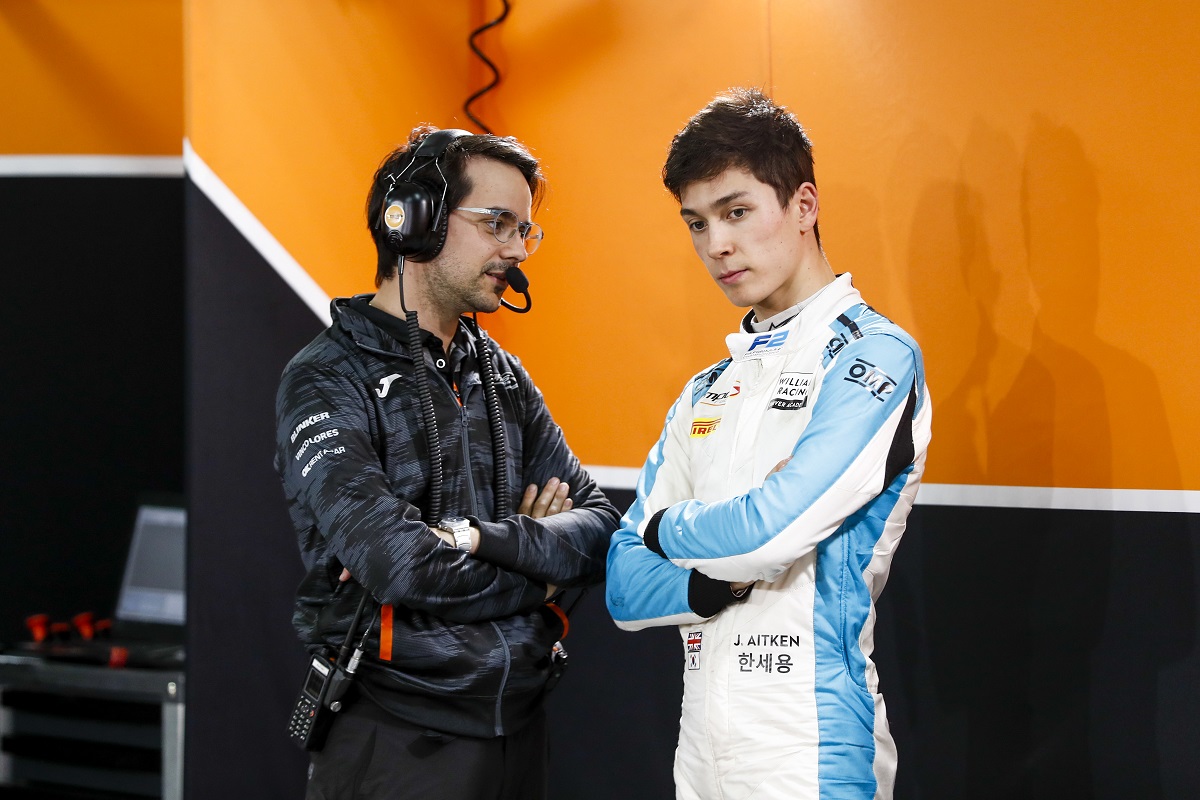
Photo: Carl Bingham / FIA Formula 2
In comparison, Aron didn’t take motorsport overly seriously until he was already in single-seaters, and after a three-year stint in European F3 he made his International Management and Finance degree at Franklin University Switzerland the priority for 2019. At the same time he picked up a ‘summer job’ as Prema’s Formula Regional European Championship team manager.
It wasn’t just university that pulled Aron away from the driver’s seat, as the pressures of rising up the European single-seater started to be hostile to his own welfare. A move to Super Formula was on the cards, but ultimately didn’t happen. While Formula Scout doesn’t know Aron’s grades, it can confirm the Estonian was a more relaxed figure in the paddock in 2019.
High profile examples of drivers who could and could not balance the two include MotorSport Vision boss Jonathan Palmer, who studied and practiced medicine in his formative racing years, former Renault F1 driver Vitaly Petrov who had a degree in meteorology before starting in cars, Spaniards Marc Gene and Oriol Servia who completed degrees while in British F3 and Indy Lights respectively, and Cambridge University’s only full blue in motorsport Oliver Turvey. Nico Rosberg turned down a uni place to drive in F1, but famously stopped racing after becoming 2016 world champion to focus on other commitments.
At further education level, taking time out for racing is less frowned upon. Many in motorsport themed degrees will go on placements that require them to be in-paddock anyway, the social aspect of university life means there are a considerable number of students whose attendance is lower than country-hopping racing drivers anyway, and the transition to delivering lectures via live or pre-recorded video has been taking place for around a decade.
This is a trend not reflected by schools. That is until the global coronavirus pandemic.
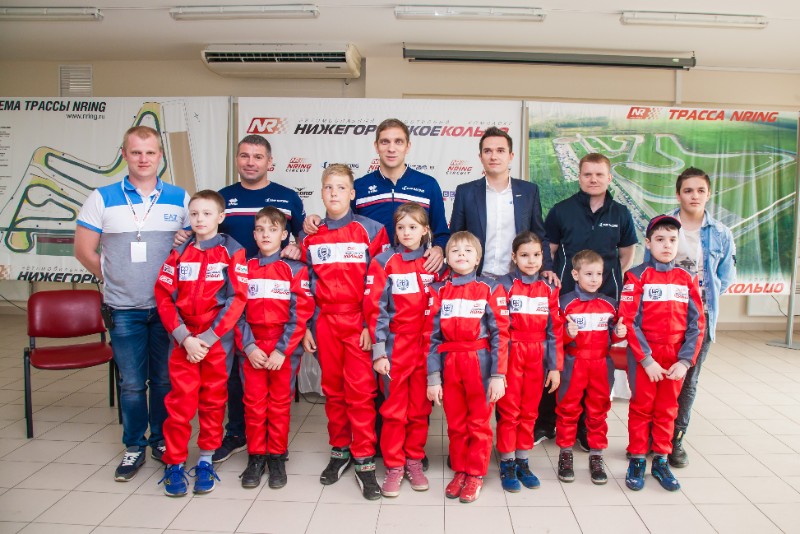
Petrov (centre) with SMP Racing karters
While the technology has been widely accessible for some time, there has been resistance within primary and secondary education against embracing video-delivered lessons. There is a whole argument about teacher workloads and differentiation of lesson delivery for students with different needs, but the consensus is that face-to-face contact hours are by far superior to their online equivalent when it comes to learning taking place, and that losing the defined teaching/training environment of a classroom (or centre of learning) also takes a toll on student attention and retention.
Given education has had to continue during the lockdown period, schools across the world have come around to online teaching, and the current software allows a multi-directional online space that can simulate the activity of a classroom.
After the lockdown ends, possibly not before the next academic year begins, there will be an evaluation of the success of online education, and budding racing drivers will be hoping that it remains part of the education infrastructure in many institutions while they’re still required (or choose) to miss scheduled lectures and lessons for racing.
This means they could be tuning in and completing work from hotel rooms or even the paddock on weekdays, with minimal disruption to their racing routine, especially if they are already getting used to interrupting self-regulated schedules of simulator racing, physical training and other racing preparation at present to satisfy education commitments. This applies to an even greater degree with private testing, where personal track time can be scheduled around when online lessons are due.
Perhaps the biggest change arising from the coronavirus lockdown is that young drivers have more time right now to spend on activities outside of racing, which for many will primarily be education. Exams may be cancelled, but there is an uninterrupted period of no racing that drivers may not see again as they progress in their careers. They should use it wisely.
This article was written with references to academic consensuses taken from material applying to UK professional standards
